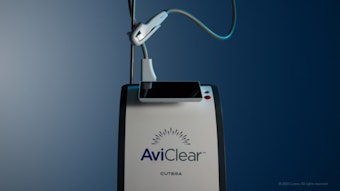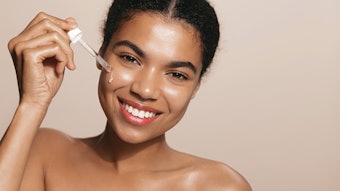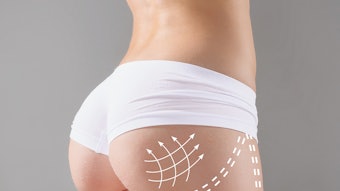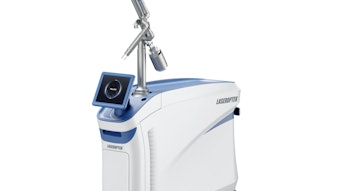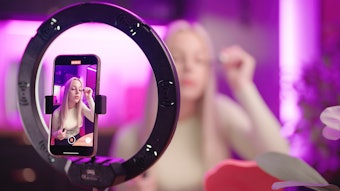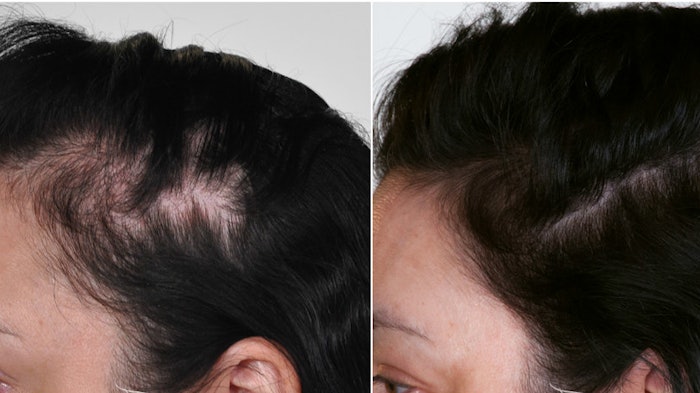
The stress of the ongoing pandemic is about to converge with the holiday season—an anxiety-producing time of year for many. This means your patients may be experiencing a common side effect of stress: excess hair loss.
There have been several reports that Covid-19 patients and survivors are experiencing hair loss related to the virus—the results of a survey by Survivors Corp, a group that provides resources to coronavirus survivors, found that 26% of people with long-term coronavirus symptoms said they experienced hair loss. But, even those unaffected by the virus are experiencing similar effects.
“Covid-19 does not, itself, cause hair loss,” says Tamim Hamid, creator of Theradome, a low-level laser helmet for hair loss. “Hair loss is a response to the illness and the stress it places on the body. Even those of us not affected by the virus have been caged up at home, worried about our health and financial futures. When you take away someone's normal routine and then add to that the worry that they might get sick or their family member might get sick or they may lose their job, that stress is immense.”
Stress and Hair Loss
When the body feels stress, it will pull essential resources towards functions and organs vital for survival, explains Sophia Kogan, MD, co-founder and chief medical advisor of Nutrafol, maker of supplements for patients with thinning hair. “Hair may be important to us, but it’s not a vital organ to the body for survival. As we experience elevations in stress and the hormone cortisol increases, this signals the hair follicle to stop growing and prematurely shed,” she says.
The nature of the hair growth cycle means that stress-related hair loss may just be showing up for many of your patients. “With an increase in cortisol levels, a larger percentage of hair follicles can shift from the anagen (growth) phase to the telogen (resting) phase, at which point these hairs are destined to shed all at once about 3 to 6 months later,” says Dr. Kogan. “Stress also tends to deplete nutrients, which can affect hair health and growth.”
Helping with Hair Loss
You can help patients recognize and reduce their stress levels—and the accompanying physical and aesthetic concerns, such as thinning hair—through education and targeted retail recommendations. “Activities like yoga or meditation can bring the nervous system into a more balanced state and help the body to not be as reactive to stress over time,” says Dr. Kogan. “It’s also important to keep a good nutritional balance to restore the nutrients your body needs.”
Retail products, such as red light LLLT caps, supplements and scalp treatments can also help speed hair regrowth for patients not ready for or in need of an in-office visit.
John Kahen, MD, of Beverly Hills Hair Restoration in Beverly Hills, California, recommends supplements that contain biotin, selenium and zinc. “These are in pretty much every hair and nail vitamin, and they are very beneficial to hair health,” he says. Other ingredients to look for include antioxidants, DHT-inhibitors, such as saw palmetto, and nutrients including fatty acids and vitamins A, B, D and E.
Products for Hair Loss
In recognition of the role of stress in hair loss, Nutrafol is formulated with many of the above ingredients plus ashwagandha, a stress-adaptogenic phytoactive that helps the body adapt and build resilience to stress. “Our Sensoril Ashwagandha specifically targets stress, providing patients with more than just hair nutrition,” says Dr. Kogan. “It has been shown in clinical studies to decrease elevated levels of cortisol in chronically stressed adults.”
The ability of LLLT in the red wavelengths (645-693 nm) to induce hair regrowth was first discovered by Endre Mester, MD, in the 1960s. “He took a bunch of rats and shaved their backs to see if he could cause cancerous tumors,” says Hamid, who notes that the low-powered ruby laser Mester used did not induce tumor growth, but it did induce hair growth. “When he irradiated the shaved backs, the hair on the rats treated with the laser grew back within days instead of weeks for the control group.”
LLLT stimulates ATP (adenosine triphosphate), increasing cell energy, leading to a stimulation of epidermal stem cells in the hair follicle bulge. It also helps to shift resting follicles into the anagen phase. “LLLT is highly effective and has zero side effects, which makes it a very attractive option for patients,” says Hamid.
If you have patients who are struggling with recent hair loss, it’s important to remind them that hair is a manifestation of what’s happening inside the body. “Therefore, it’s important for patients to take a whole-body approach to de-stressing and building resilience to maintain a healthy growth cycle,” says Dr. Kogan.
Image: Patient before and after treatment with Theradome LLLT



